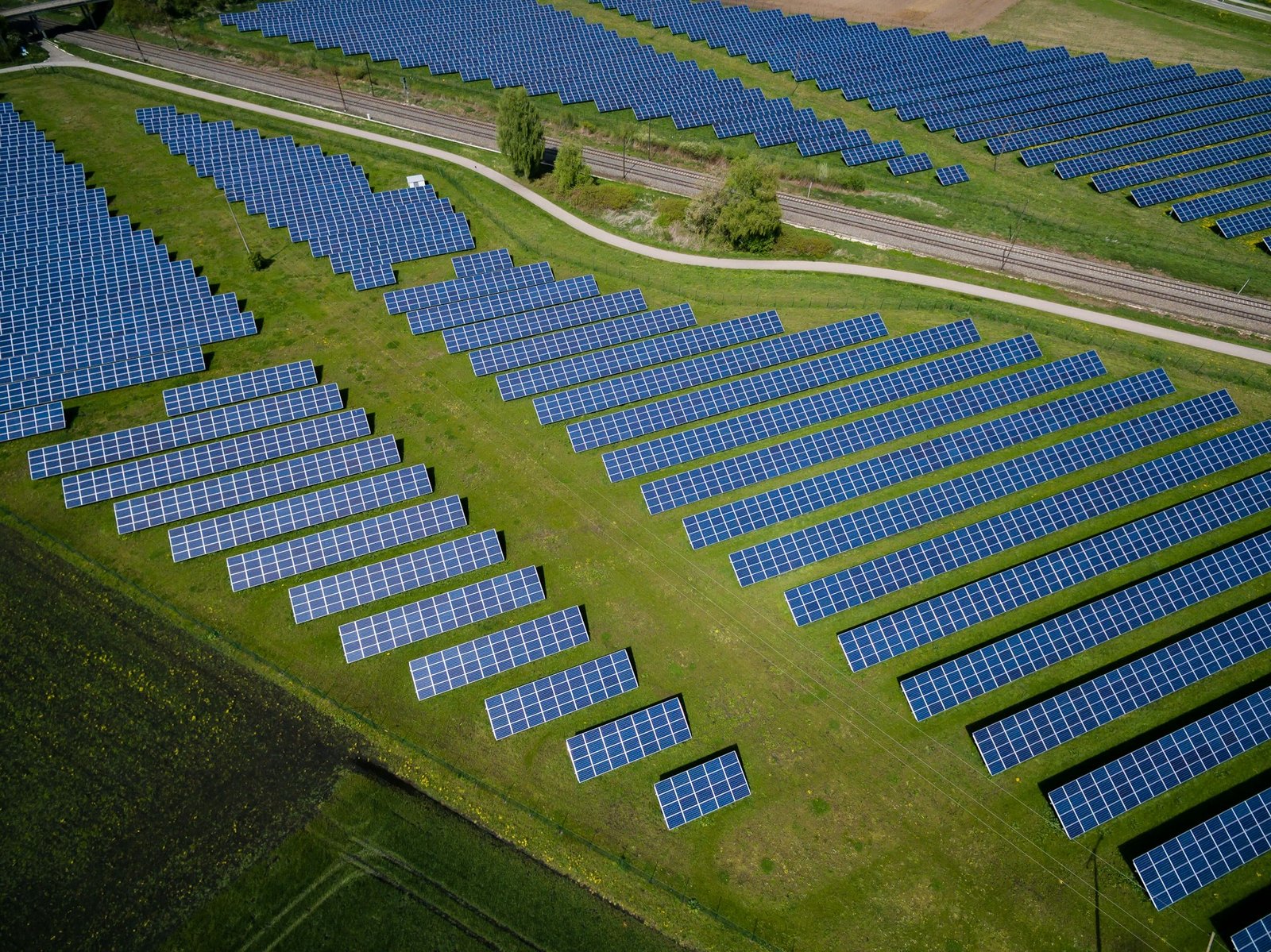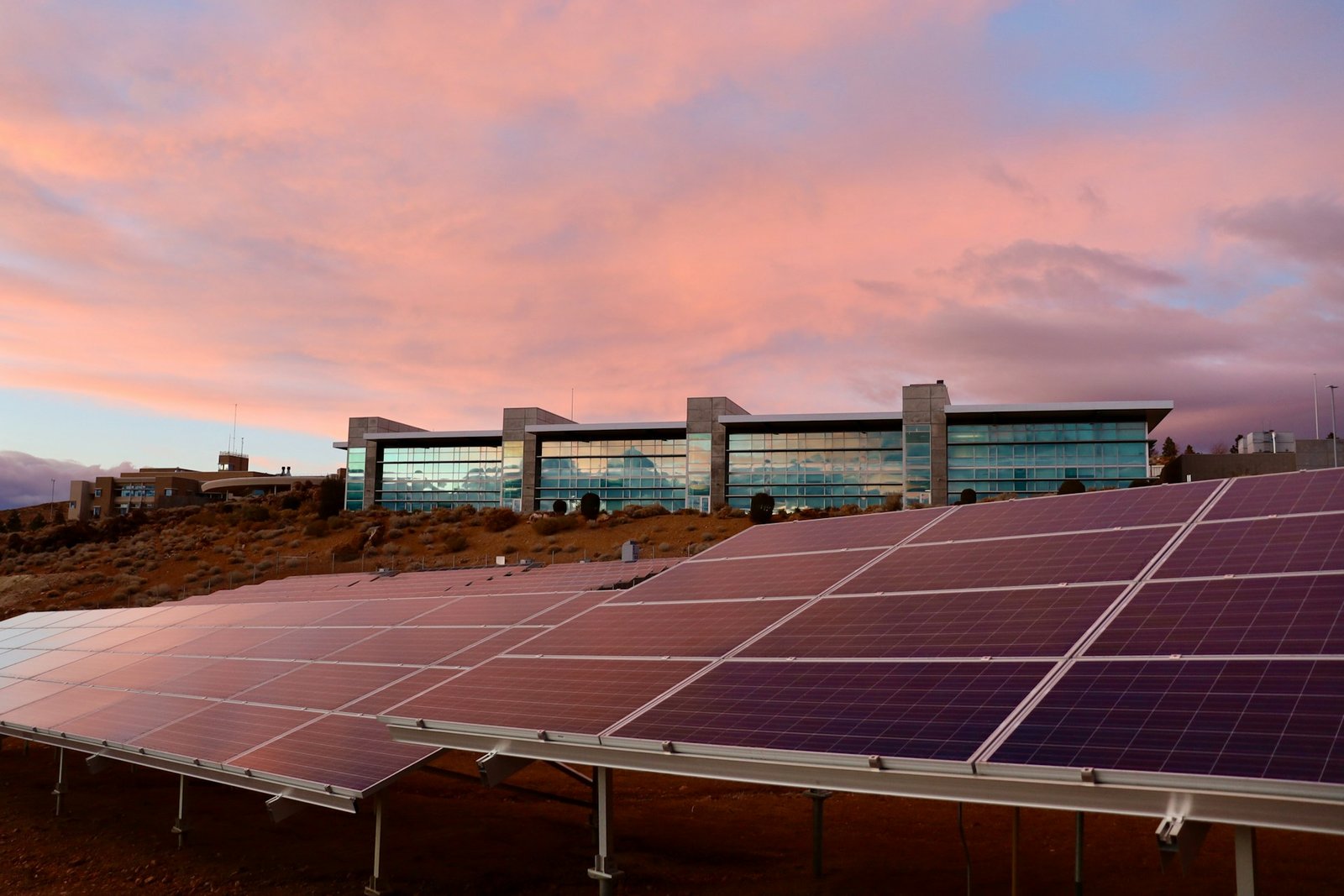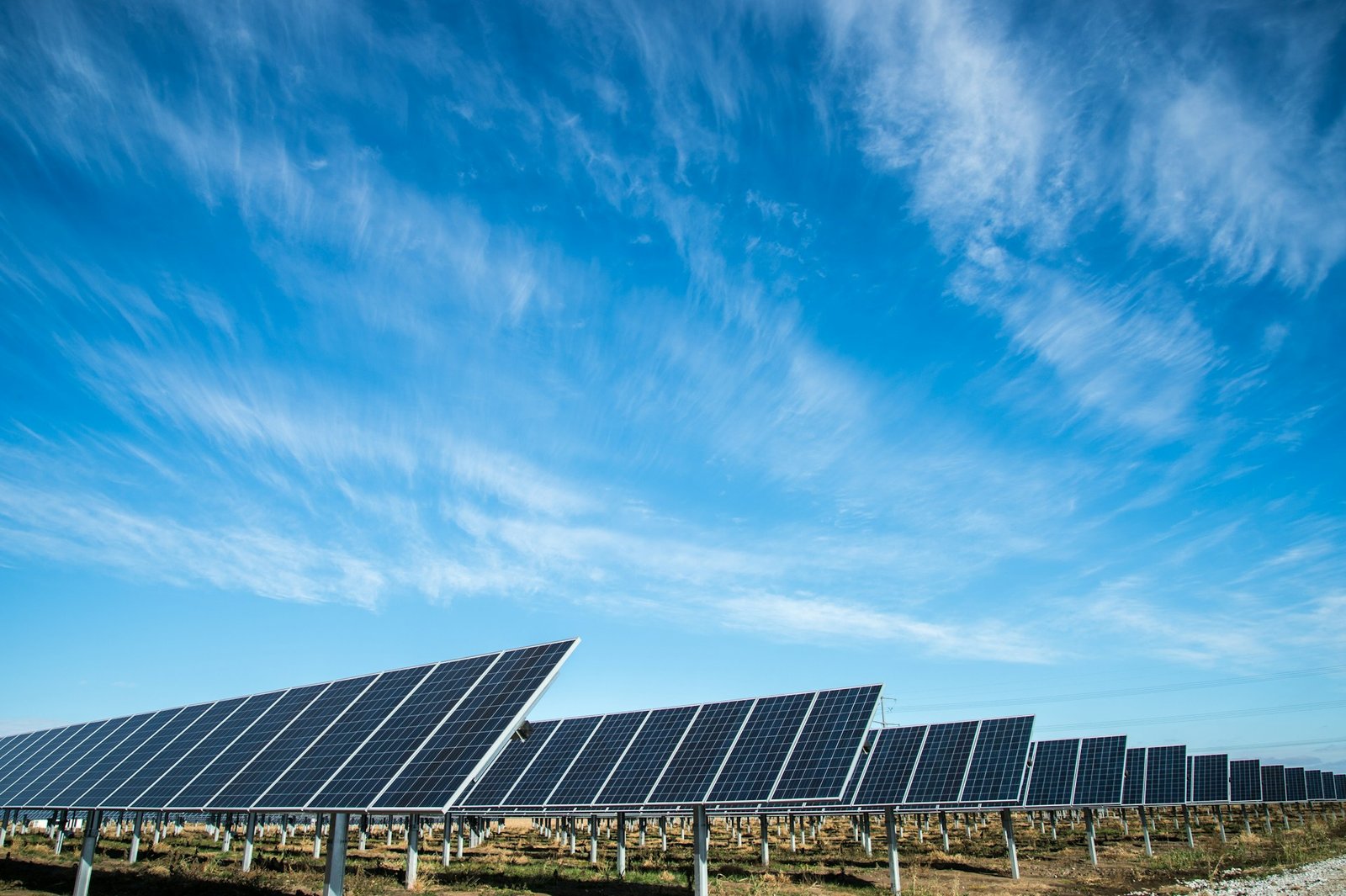Solar energy has a lengthy history and has progressed from a theoretical idea to a practical and sustainable energy source.
Solar energy is currently the most advanced renewable energy source available, with advantages for both the economy and the environment. Investing in solar energy has grown more appealing to both individuals and businesses as costs come down and technology progresses. However, careful budgeting and financial planning are needed to maximize the returns on solar investments.
The main methods for maximizing financial returns on the potential and lengthy history of solar energy will be examined in this essay.
Recognizing the Investment in Solar Energy
Technological advancements in solar panels are directly impacted by investments in solar energy. The photovoltaic effect was discovered in the mid-1800s, which marked the beginning of the development of solar panel technology. However, it wasn’t until Bell Laboratories created the first usable solar cell in the 1950s that solar energy applications really took off. Thanks to developments in materials science and manufacturing techniques, solar energy is beginning to appear like a more prudent investment due to its steadily declining costs and increasing efficiency.
Investments in solar panels include long-term benefits such as tax breaks, lower electricity costs, and the opportunity to sell extra energy back to the grid. Understanding the historical evolution of solar panel technology facilitates an understanding of the evolution of solar energy investments and their impact on the expansion of the renewable energy sector.
Planning Photovoltaic Projects Strategically
To optimize the financial returns on solar energy installations, careful planning is required. Determining your energy use might assist you in selecting the type and capacity of solar system that you need. Examine the project’s expenses and possible savings while taking location, solar exposure, and government incentives into consideration. Look through your options and select the financing option (loans, leases, or power purchase agreements) that best fits your needs and financial situation.
Investigate any possible tax credits and government incentives as well, as these may also be able to drastically lower upfront expenses and quicken the return on your investment. Make sure that future hardware installation, updates, maintenance, and upkeep are included in your thorough budget.
To learn more about the project’s possible profitability and long-term viability, view the long-term financial estimates. It is crucial to predict future savings and profits in a realistic manner, accounting for variables such as variable electricity prices, system degradation rates, and maintenance costs.
Seek advice from solar energy or financial experts to maximize the return on your investment strategy and help you make tough financial decisions. By placing a high priority on meticulous financial planning, you can reduce risks, optimize profits, and fully benefit from the financial and environmental advantages of solar energy projects.

Financial Guidance for Solar Power System Installation
- Examine and Compare Prices: Do some research on several solar installation and equipment companies to determine which ones provide the best value without sacrificing quality. Get quotes, compare the benefits and drawbacks of installation services, warranties, and other factors, then decide with knowledge.
- Maximize Rebates and Incentives: To reduce upfront costs, take full use of any available tax credits, government rebates, and incentives. Investigate municipal and federal programs that provide financial incentives for installing solar energy systems to see if you qualify.
- Analyze Your Financing Options: You may wish to consider solar loans, leases, or power purchase agreements (PPAs) if you would like to stretch out the installation costs over a longer period of time. Select the one that will allow you to cut your energy costs right away and best suits your budget.
- Make a Repair and Maintenance Plan: Make sure you budget for both planned and unplanned repairs so that your solar energy system performs as intended for the remaining years of its life. Although there isn’t much maintenance needed for solar panels, setting aside money for routine cleaning, monitoring, and equipment inspections could help you avoid more costly problems in the future.
- Think About Future Expansion: When projecting the initial installation costs, scalability should be taken into account in case you decide to add more solar panels or increase your energy use in the future. Verify that the system you choose may be easily expanded or upgraded in the event that your needs alter without incurring major new costs.
You can optimize the present and future financial and environmental rewards on your investment in solar energy systems by adhering to these budgeting guidelines.
To sum up
Ultimately, solar energy offers a practical means of achieving both financial gain and environmentally helpful actions. Since the development of solar panels and the current state of technology, there has been an increasing possibility for solar energy to bring about a revolution. People and organizations can optimize the advantages of solar energy while reducing expenses and raising revenue by employing clever financial planning and budgeting techniques.
When making an investment in solar energy equipment, it is imperative to thoroughly analyze your financing choices, upfront expenses, incentives, and future scalability. Nevertheless, solar energy is a wise investment given the long-term savings on electricity bills, the advantages it has for the environment, and the possible cash from selling extra energy.

The moment is ripe to make the move to solar energy since it is getting more and more economical. Investment in solar energy can be complicated, but it can be easily navigated by individuals and enterprises who adhere to good financial practices and stay current with industry advancements. The possibility of a more optimistic and sustainable future will become possible as a result.





